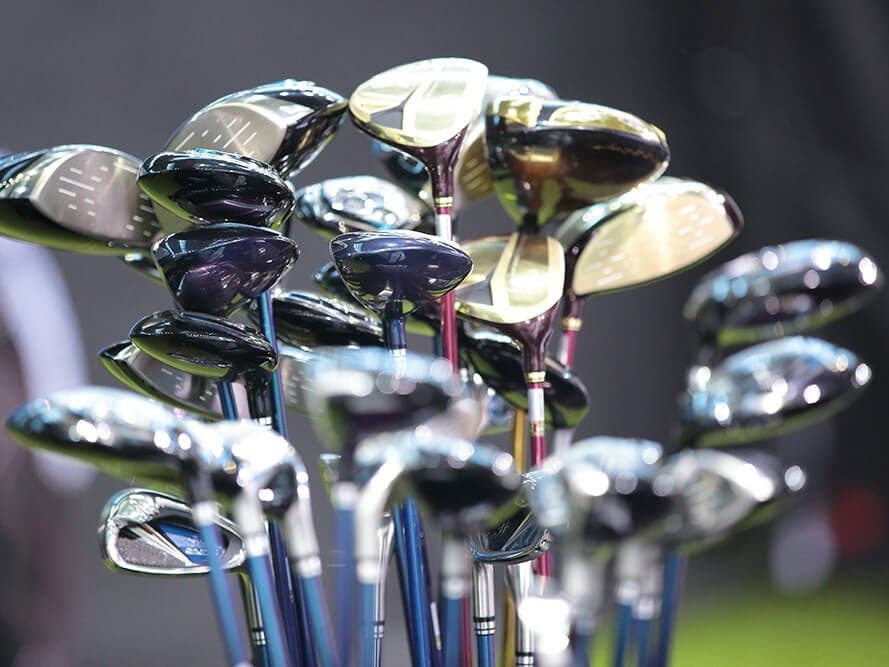
Stop Making These Mistakes When Buying New Golf Clubs
Buying new clubs should be exciting—longer drives, tighter approaches, lower scores. Not always. Avoid these common pitfalls so your next setup actually helps you play better.
1) Not Checking Loft Gaps in Your Current Set
Who needs two clubs with the same loft? Even if a hybrid and a long iron share a loft, they can launch and land differently—but most players still need clear, consistent loft gaps throughout the bag. Proper gaps translate to predictable yardages and fewer guess-swings on the course.
What to do: List the stated loft of every iron, wedge, and fairway/hybrid you own. Aim for even gaps (typically 3–5°) and replace clubs that duplicate distance or flight windows.
2) Buying Long Irons You Won’t Use
Many golfers buy a 4-iron or even a 5-iron because it “comes with the set,” then never swing it. If you struggle to launch long irons, you’re paying for dead weight.
What to do: Consider hybrids or a higher-lofted fairway wood instead. They’re typically easier to launch, more forgiving, and better from mixed lies.
3) Skipping a Well-Qualified Fitting
Not all fittings are equal. A quick, free demo day might be fine for sampling, but a qualified fitter measures shaft length, lie angle, loft, swing weight, shaft profile, grip size, and your dispersion patterns.
What to do: Ask for recommendations, read reviews, and book a session with a reputable fitter. Paying a little for expertise can save hundreds on the wrong clubs.
4) Ignoring Last Year’s Model
Last year’s clubs aren’t “outdated”—they’re just discounted. Performance gains year-to-year can be modest, while savings are real.
What to do: Test the current model and the previous release. If you need simple tweaks (grips, lie/loft), they’re easy—and you’ll keep more cash for lessons or green fees.
5) Focusing Solely on Distance
Extra yards feel great, but accuracy and consistency lower scores. A new driver that’s 10 yards longer isn’t an upgrade if it widens your dispersion.
What to do: Evaluate carry, launch, spin, and left-right dispersion. Keep the club that finds more fairways and hits more greens—distance is a bonus, not the goal.
6) Buying on Looks or Brand Alone
Confidence at address matters, but paint and logo don’t post a score. Chasing aesthetics or a badge can leave you with gorgeous clubs that don’t fit your swing.
What to do: Let performance data lead. Compare numbers across brands with the same spec—then choose the club you hit best that you also like the look of.
7) Overlooking Trade-In & Resale Options
Your current set can offset the cost of new gear. Skipping trade-in or resale planning is like leaving money in the bag.
What to do: Check trade-in values before you shop, clean your clubs, and keep spec notes (lofts/lies/shafts). Even small upgrades (fresh grips) can help resale.
How to Shop Smarter (Quick Checklist)
- Audit your bag: List lofts, typical carry distances, and “problem” yardages.
- Define goals: Tighter dispersion? Higher launch? Better gapping?
- Test properly: Indoors for numbers, outdoors for turf interaction and flight.
- ️ Get fit: Shaft, lie, length, grip size—then verify on the course.
- Price smart: Compare current vs. last-year models; plan trade-ins.
- ️ Document specs: Keep a record so future purchases maintain your gapping.
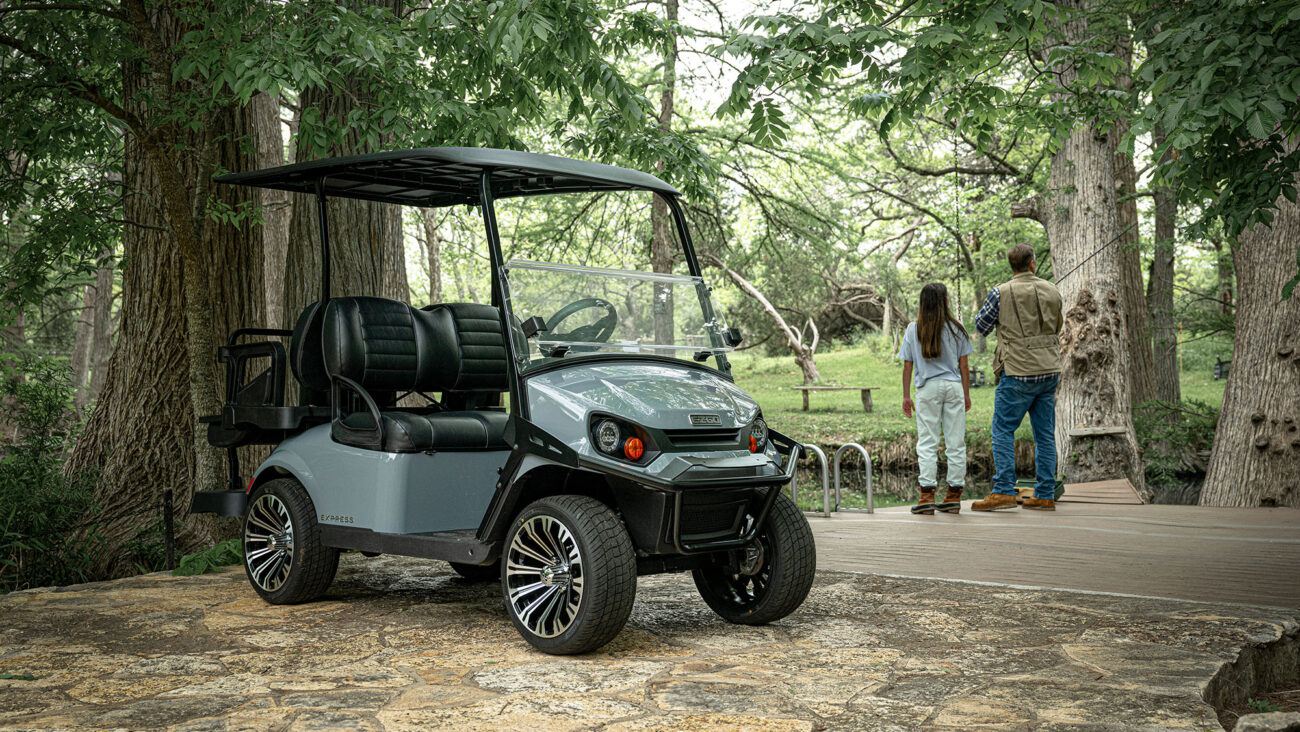
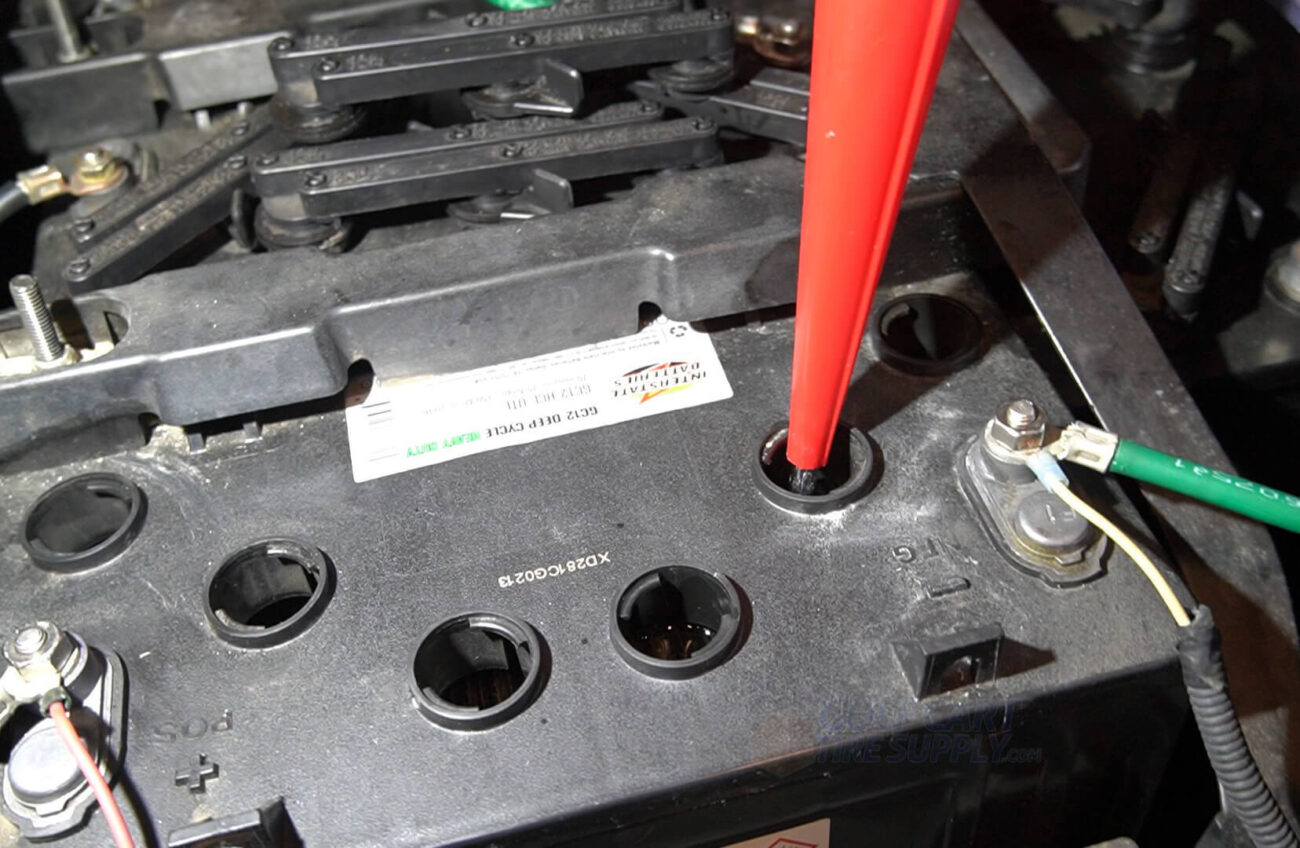
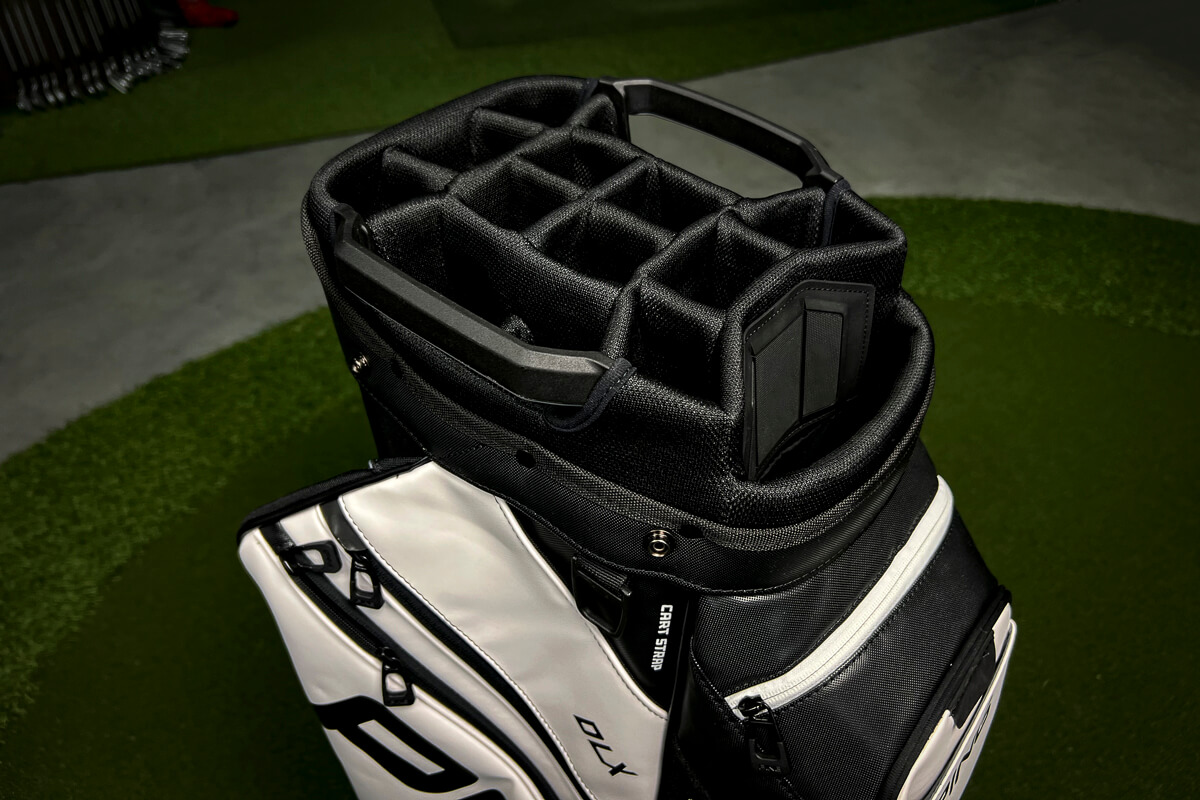
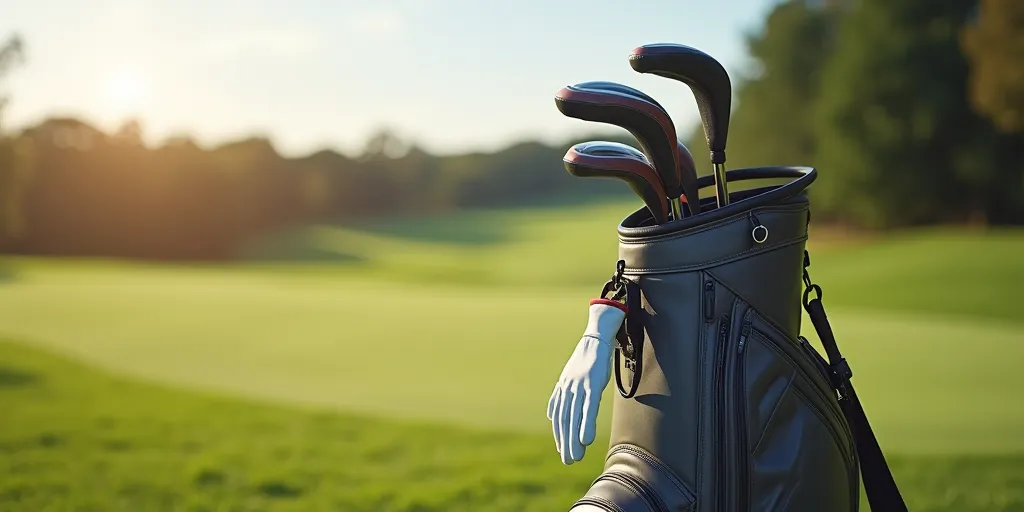
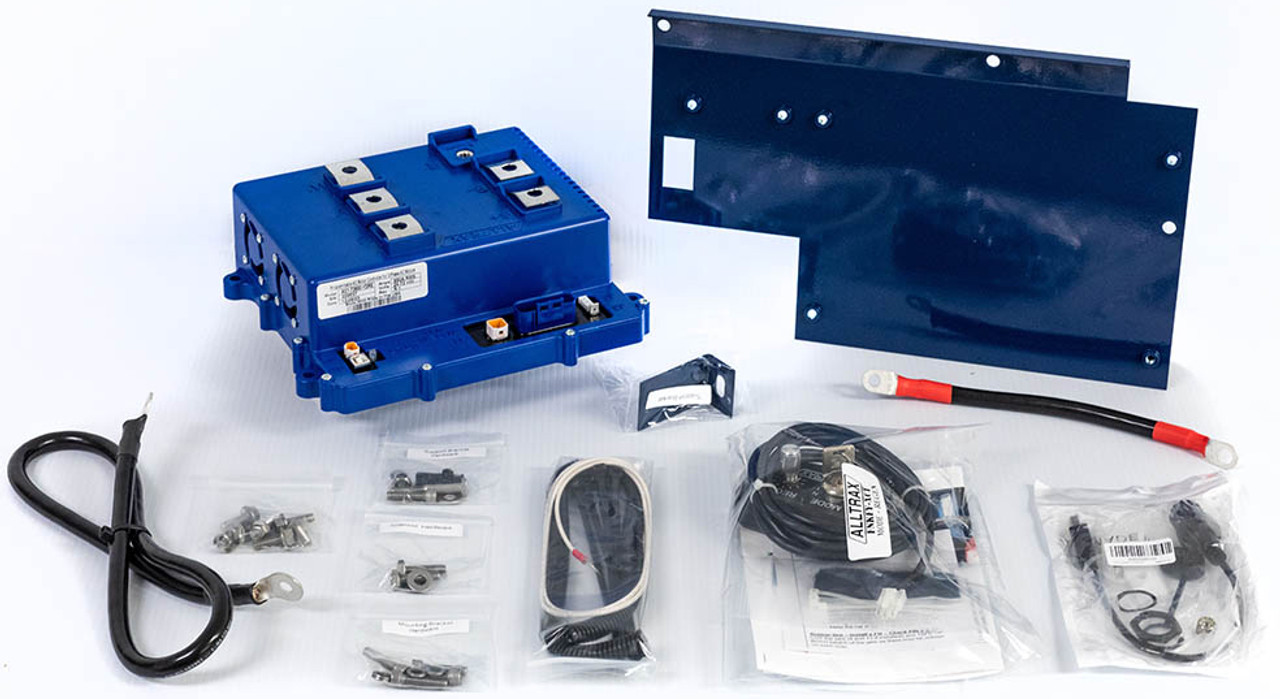
Add a review
Your email address will not be published. Required fields are marked *